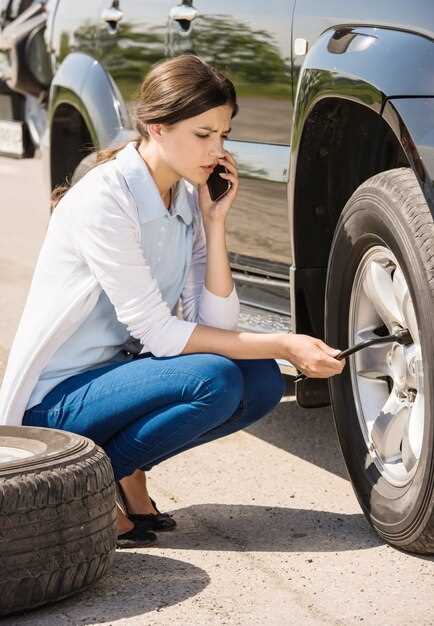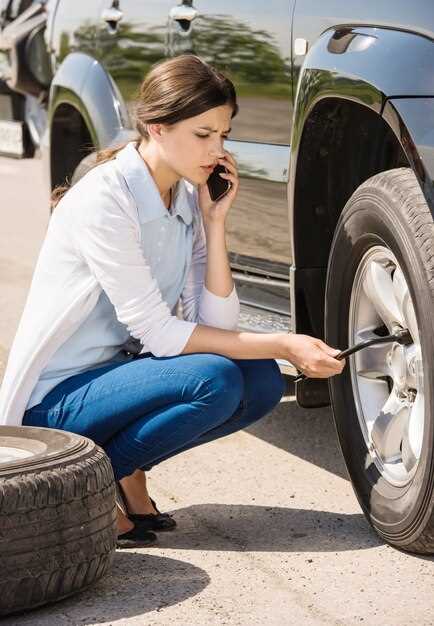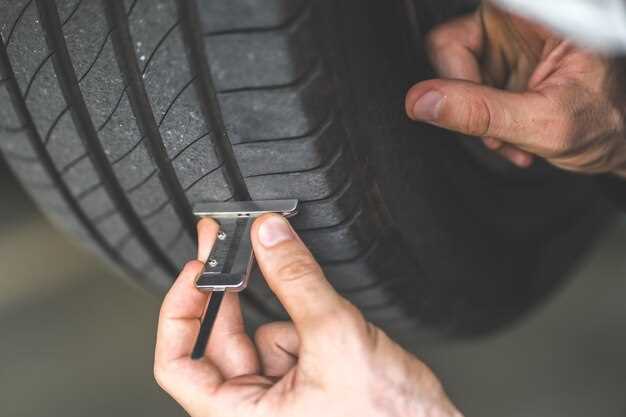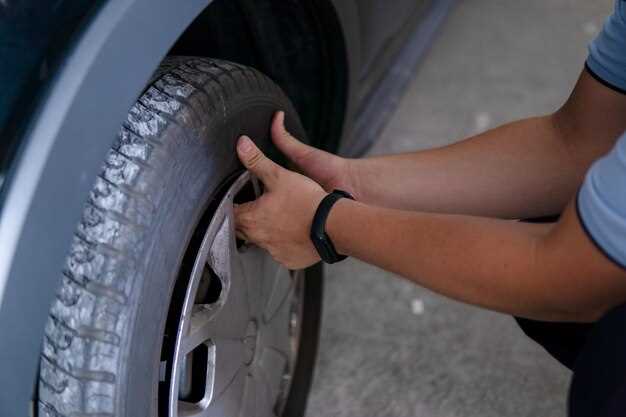
What causes uneven tire wear and how to prevent it
- Dominique Kaye
- 0
- Posted on

Tire wear is a critical aspect of vehicle maintenance that directly impacts your driving experience and safety. Uneven tire wear can lead to various issues, including decreased traction, poor fuel efficiency, and an increased risk of tire failure. Understanding the underlying causes of uneven wear is essential for maintaining optimal tire performance and extending their lifespan.
Several factors contribute to uneven tire wear, primarily involving alignment, tire pressure, and driving habits. For instance, improper wheel alignment can cause specific areas of the tire tread to wear more quickly, leading to an imbalance that affects handling and stability. Similarly, driving with uneven tire pressure can exacerbate wearing patterns, putting unnecessary stress on certain tires and reducing overall performance.
Preventing uneven tire wear requires a proactive approach that includes regular maintenance checks, proper tire rotation, and adherence to recommended tire pressure. By addressing potential issues early on, drivers can ensure a smoother ride, enhance safety, and save on the costs associated with premature tire replacement.
Identifying Common Factors Leading to Uneven Tire Wear

Uneven tire wear can significantly diminish the lifespan of tires and compromise vehicle safety. Understanding the common factors contributing to this issue is essential for proper maintenance and prevention.
One primary factor is misalignment. When the wheels are not aligned correctly, tires may wear unevenly across their tread. This misalignment can stem from various causes, including hitting potholes or curbs, or general wear and tear on suspension components.
The suspension system plays a crucial role in maintaining tire contact with the road. Worn or damaged suspension parts, such as struts and shocks, can lead to improper weight distribution and fluctuating pressure on tires, resulting in uneven wear patterns.
Another factor is tire pressure. Both under-inflated and over-inflated tires can lead to accelerated wear. Under-inflation increases the surface area in contact with the road, while over-inflation causes poor grip, leading to rapid tread wear in specific areas.
Driving habits also impact tire wear. Frequent hard braking, sharp turns, and excessive speeding can cause tires to wear unevenly. Maintaining smooth driving practices can help prolong tire life and ensure even wear.
Lastly, the choice of tires matters. Mismatched tire types or sizes, as well as using tires not suited for the vehicle’s weight or driving conditions, can lead to inconsistent wear. It’s important to choose the right tires tailored to your vehicle’s specifications.
Identifying and addressing these factors can effectively prevent uneven tire wear, enhance tire longevity, and improve overall vehicle performance.
Importance of Regular Suspension System Maintenance
Regular maintenance of the suspension system is crucial in preventing uneven tire wear. The suspension plays a vital role in ensuring a smooth ride while maintaining proper wheel alignment. If the suspension components are worn or damaged, they can lead to several issues that may compromise tire health.
When the suspension system is not functioning optimally, it can cause the tires to make uneven contact with the road surface. This misalignment results in increased wear on specific areas of the tire tread, drastically reducing their lifespan. Furthermore, poor suspension can lead to a rough driving experience, affecting vehicle handling and safety.
Regular inspection and maintenance of the suspension components, such as shocks, struts, and springs, can help detect early signs of issues. Replacing worn-out parts not only improves ride quality but also ensures better tire longevity. By addressing suspension problems proactively, vehicle owners can prevent excessive wear and enhance overall performance.
In summary, maintaining the suspension system is essential for preserving tire integrity. It helps avoid uneven wear and extends the life of your tires, leading to a safer and more comfortable driving experience.
Practical Tips for Ensuring Even Tire Wear

To maintain even tire wear, it is crucial to regularly inspect your vehicle’s suspension system. A well-functioning suspension not only enhances ride quality but also plays a significant role in distributing weight evenly across all tires. If you notice any signs of damage or wear in your suspension components, such as struts or shocks, address these issues promptly to prevent uneven wear.
Regular tire rotation is another essential practice. By rotating your tires every 5,000 to 7,500 miles, you help promote even wear across all tires. Different positions on the vehicle exert varying levels of stress on each tire, and a rotation helps mitigate this disparity.
Proper tire alignment is vital in preventing uneven tire wear. Misalignment can lead to excessive wear on one side of the tire, significantly shortening its lifespan. Have your alignment checked at least once a year or whenever you notice your vehicle pulling to one side.
Furthermore, maintaining the correct tire pressure is essential. Under-inflated or over-inflated tires can cause uneven wear patterns and affect handling. Regularly check your tire pressure and adjust it according to the manufacturer’s specifications.
Finally, be mindful of your driving habits. Abrupt acceleration, hard braking, and taking corners too quickly can exacerbate tire wear. Adopting a smooth driving style will not only enhance the longevity of your tires but also improve overall vehicle performance.
